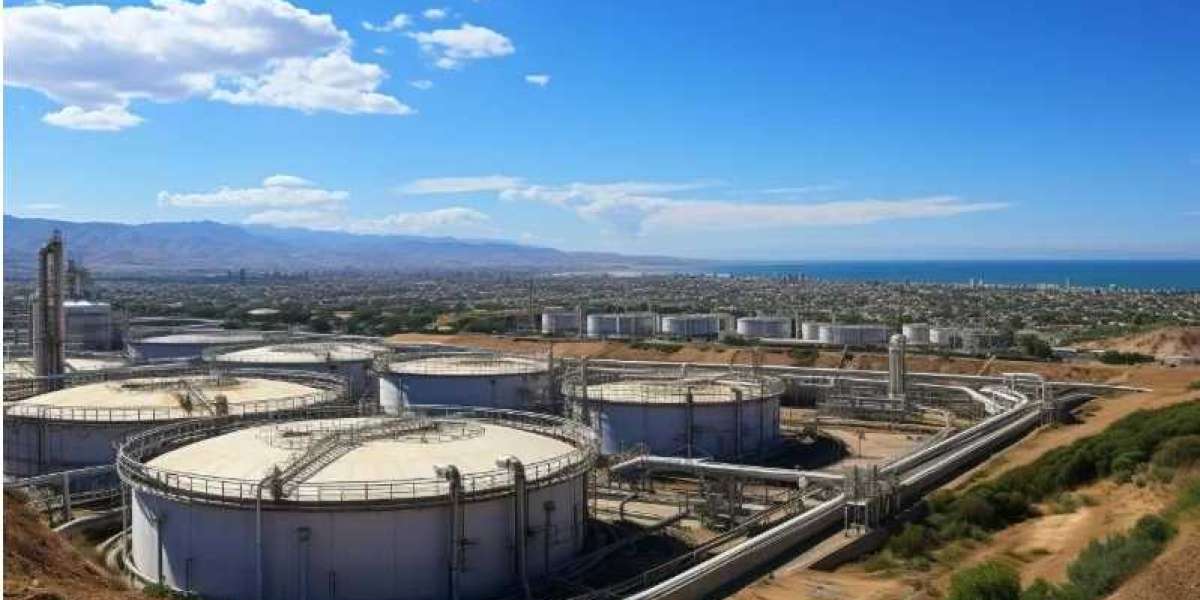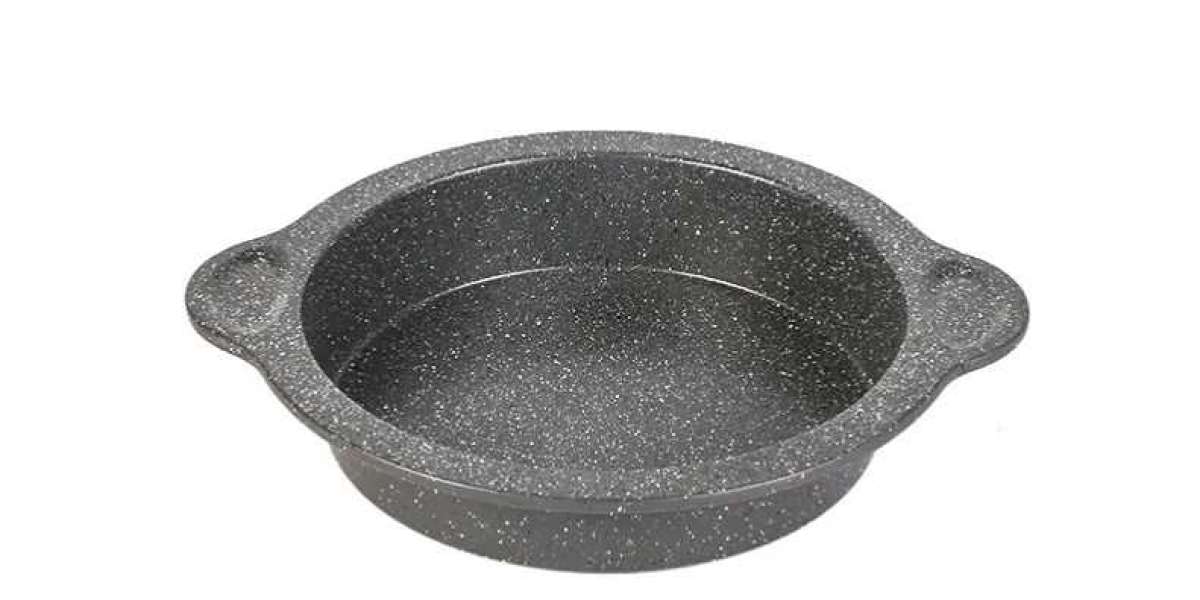
In oil refineries, storage tanks (especially large tanks used for crude oil, refined products, or chemicals) are essential for safe and efficient operations. However, improper tank foundation design, ground conditions, or environmental factors can lead to tank tilt (uneven settlement) and sinking (sinking or downward movement of the tank's base). These issues can pose serious risks to the safety, integrity, and functionality of the refinery, requiring careful monitoring, risk management, and treatment.
With the increase in the need of oil, storage tank sizes have increased with time. Crude oil is now stored in large atmospheric vertical cylindrical storage tanks above the ground at oil fields, refineries and terminals. Sinking tanks will lead to the risk of tank bursts, oil leakage that can pollute the environment or cause fires and explosions, and cause fatal injuries to human health and life.

The specific signs of tank tilt and sinking in oil refineries mainly include:
1、Tank Tilting: The tank tilts due to uneven settlement or tilting of the foundation, causing the tank itself to tilt.
2、Tank Deformation: When the tank is tilting and sinking, the tank itself may be deformed due to insufficient support or deformation of the foundation. The deformation may be manifested as oval shape, twisting and etc.

3、Deformation or Damage to Pipelines and Valves: The tilting and sinking of the tank may cause the pipelines and valves to be squeezed or stretched, resulting in deformation or damage.

4、Differential Settlement of the Bottom Plate: The bottom plate of the tank may experience dishing or localized settlement, where significant differences in settlement occur between the center and edges or certain areas of the bottom plate. This differential settlement may result in dead oil zones, reducing the effective capacity of the tank and accelerating the corrosion of the tank bottom plate.
5、Failure of Weld Strength: As the tank tilts and sinks worsen, the fillet welds at the junction of the tank wall and bottom plate may fail under excessive stress, leading to weld cracking.
6、Tank Rupture and Oil Leakage: Tank tilt and sinking may cause cracks in the tank body or weld seams, leading to oil leakage accidents.
Risks of Tank Tilting and Sinking
1、Structural Integrity:Tilted tanks can cause uneven stress distribution, which can result in tank deformation, potentially leading to leaks or rupture of the tank. A leaning tank may also cause structural components such as entry holes, nozzles, and roof supports to fail. Tilting can undermine the tank's foundation, which might lead to differential settlement, causing cracks in the tank shell, foundation, and even the surrounding ground. If tank tilt is severe, it can cause lateral displacement of the tank shell, potentially creating gaps or fractures at critical joints.

2、Operational Interruption:Tilted or sunk tanks that can not be used normally, affecting the production plan and production efficiency of the refinery, leading to significant economic losses, may also face fines or compensation claims from government authorities.
3、Reduced Tank Efficiency: The tilt can change the effective volume of the tank, making it difficult to accurately gauge inventory, and could impact the operation of pumps, valves, and other components.
4、Environmental Pollution: leakage of substances in the tank may contaminate the surrounding ecological environment, causing harm to the surrounding organisms and destroying the ecological balance.

Treatment Measures
1、Reinforcing the Foundation:
For soft soil foundations or those foundations with insufficient bearing capacity, inorganic material injection can be used to reinforce the foundation. The Hengxiang Hongye non-destructive and controllable soil stabilization technology employs inorganic materials to penetrate deep into the foundation soil layers. Through minimally invasive techniques, this method rapidly consolidates weak foundation soil to form a new structural entity, enhancing soil strength and foundation bearing capacity. This approach restores lifting the foundation tilting or sinking of oil tanks.
This technology offers several advantages, including the use of 6-10mm micro hole injection, which does not damage the building structure. The entire process is monitored through laser-based intelligent systems, without affecting the production and operation of enterprises or the daily life of the residents during the repair process. Additionally, the use of inorganic materials makes the process safe and environmentally friendly, reduce carbon emissions and save cement and steel consumption. This contributes to energy conservation and emission reduction, lowers energy costs, improves operational efficiency, and supports global carbon neutrality goals. The repair work can be completed within 10 to 30 days, and the technology has successfully repaired over 1000 foundation settlement projects in residential buildings, commercial property, industrial plants, large-scale infrastructures and so on.

2、Modifying Foundation Support Methods:
If the foundation support method is inadequate, it can be adjusted to resolve the issue. For example, increasing the foundation's base area or implementing more stable support structure can effectively address the problem.
3、Controlling Overloading:
If the settlement is caused by overloading, it is necessary to control the overload situation. This can be achieved by reducing the amount of crude oil stored in the tank or reinforcing the foundation to increase its load-bearing capacity.
4、Adjusting Construction Techniques:
During foundation treatment and tank installation, it is essential to strictly adhere to construction technique requirements to ensure the quality of foundation treatment and tank installation. For tanks that have already experienced settlement, the construction techniques should be adjusted based on the actual situation to repair and reinforce the foundation.
5、Improve Drainage Systems: Installing a proper drainage system around the storage tank can help reduce water accumulation and prevent erosion or liquefaction of the underlying soil. Surface water control systems such as berms or dikes might also be used to prevent water ingress.
6、Tank Shell Reinforcement: In cases of excessive deformation, the tank shell itself may need to be reinforced, especially in areas that showing signs of cracking, bulging, or thinning due to the settlement.
7、Monitoring and Prevention:
Conduct regular settlement monitoring of the tank and foundation, enhance routine inspections and maintenance, and promptly identify and address potential problems to ensure the long-term stability of the foundation.
The risks of tank tilting and sinking in refineries are severe, requiring effective remediation measures to ensure the safety and stability of the tanks. In practical operations, appropriate treatment plans should be selected based on specific circumstances, and construction and monitoring should be carried out strictly according to the plan.








